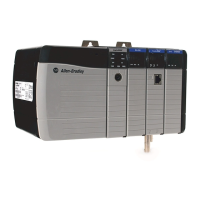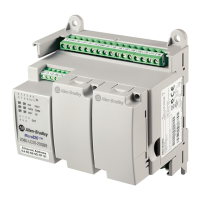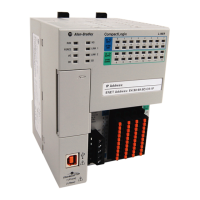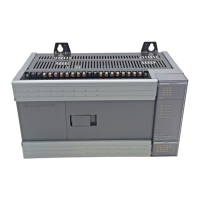Process Control Instructions
Rockwell Automation Publication 1756-RM006K-EN-P - November 2018 85
Structured Text
PIDE_01.PV := Local:1:I.Ch0Data;
PIDE_01.PVFault := Local:1:I.Ch0Fault;
PIDE(PIDE_01);
Local:2:)O.Ch0Data :=PIDE_01.CVEU;
Example 2
Cascade control is useful when externally-caused upsets to the controlled variable
occur often, which then cause upsets to the process variable you are trying to
control. For example, try to control the temperature of liquid in a tank by varying
the amount of steam fed into a heating jacket around the tank. If the steam flow
suddenly drops because of an upstream process, the temperature of the liquid in
the tank eventually drops and the PIDE instruction then opens the steam valve to
compensate for the drop in temperature.
In this example, a cascaded loop provides better control by opening the steam valve
when the steam flow drops before the liquid temperature in the tank drops. To
implement a cascaded loop, use a PIDE instruction to control the steam valve
opening based on a process variable signal from a steam flow transmitter. This is
the secondary loop of the cascaded pair. A second PIDE instruction (called the
primary loop) uses the liquid temperature as a process variable and sends its CV
output into the setpoint of the secondary loop. In this manner, the primary
temperature loop asks for a certain amount of steam flow from the secondary
steam flow loop. The steam flow loop is then responsible for providing the amount
of steam requested by the temperature loop in order to maintain a constant liquid
temperature.

